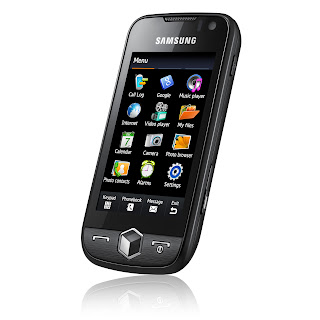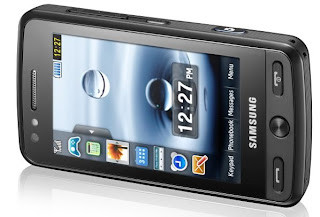How to Transfer Media to Your Android Phone
There are a number of ways to transfer your music, photos and videos* to your Samsung Android™ smartphone. Depending on which device you have, the type of content, and your comfort level with installing software or adjusting device settings, you can pick the method that’s best for you.
Method 1: Kies Air—Wireless Transfer
Works for: Music, photos, recorded videos, other files—non-DRM protected content onlyOverview: Kies Air makes it simple to transfer and manage multimedia content, text messages, bookmarks and more between your mobile device and a PC or Mac when they share the same wireless access point or router.
Why this way is great: Kies Air doesn’t require any additional software to be installed on your computer or mobile device while providing a powerful and intuitive tool for managing your content.
Requirements:
Windows
- Internet Explorer 7 or higher
- Mozilla Firefox 3.5 or higher
- Google Chrome 9.0 or higher
MacOS
- Safari 4.0 or higher
- Mozilla Firefox
- Google Chrome
1. To connect to Kies Air from your Samsung device, touch Applications > Kies Air > Start.
2. If not already connected to a Wi-Fi® network, you will be asked to connect, or (if available) turn on your device’s Wi-Fi hotspot capability. Note: Your Samsung device and computer (PC or Mac) must be on the same Wi-Fi network in order to connect.
3. Kies Air will display a URL. Enter that URL in your computer’s web browser.
4. On the Samsung device, touch Allow to grant access to the device.
5. Download or manage files from the web-based interface on your computer’s browser.
6. Touch Stop on the handset to end the syncing session.
Method 2: Drag & Drop—USB Wired Transfer
Works for: Music, photos, recorded videos, other files—non-DRM protected content onlyOverview: Just plug your device into your computer using a USB cable, adjust some settings and start dragging and dropping files and folders.
 Why this way is great: This method is great when you’re used to working with files and folders or just have a few files that you want to move.
Why this way is great: This method is great when you’re used to working with files and folders or just have a few files that you want to move.Requirements: USB Cable that shipped with your Samsung device or a USB Cable that fits both your computer and Samsung device.
Note: The method described below applies to newer Samsung smartphones like the Galaxy SII and Galaxy Note running Android 2.3 (Gingerbread). For device-specific instructions, visit samsung.com/support and click Mobile. Search for your specific device and instructions for USB connecting.
Step-by-step Instructions:1. Attach your Samsung device to your computer (PC or Mac) using the USB cable. If this is the first time you’ve connected your device to your computer, it will install the necessary drivers on your computer.
2. On your Samsung device, touch Applications > Settings > Wireless and network > USB utilities.
3. Remove the USB cable from you Samsung device.
 4. On your Samsung device touch “Connect storage to PC.” You will see a warning: “USB utilities / Connect USB cable to use mass storage.” Insert the USB cable into your Samsung device while the message is still on the screen. Do not touch “Cancel.”
4. On your Samsung device touch “Connect storage to PC.” You will see a warning: “USB utilities / Connect USB cable to use mass storage.” Insert the USB cable into your Samsung device while the message is still on the screen. Do not touch “Cancel.”5. The screen will change to “USB mass storage” with a picture of a green Android and a message that says “USB connected.” Touch “Connect USB storage” at the bottom.
6. Your Samsung device is now connected to your computer. The device’s internal storage will appear on your computer as an external drive. If you also have a microSD card installed, this will show up as a second external drive.
7. You can now drag and drop files directly from your computer or iTunes to your device. You can create folders on your device as necessary to organize your files. Your device will automatically index these files and make them available in your media player.
8. IMPORTANT NOTE FOR MAC USERS: Before you disconnect your device from your Mac, you must eject the disks on your Mac, just as you would eject any disk or flash drive. After the drives have been ejected, touch “Disconnect storage from PC” on your Samsung device.
9. When you’ve moved all of the files you need to, disconnect the USB cable.














0 comments:
Post a Comment